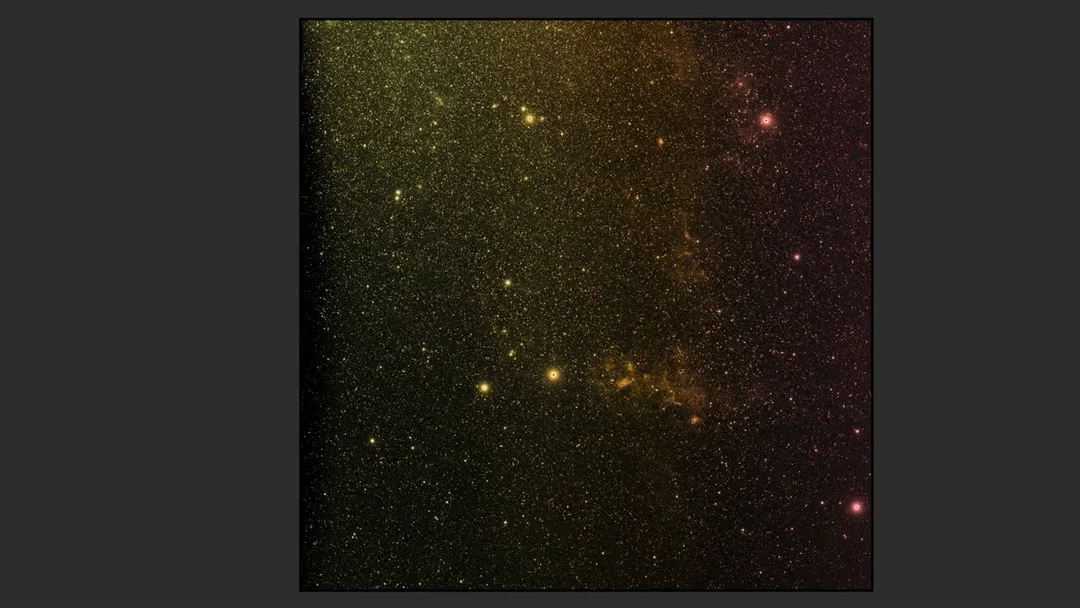
NASA’s SPHEREx Telescope Embarks on Mission to Map the Entire Sky in 3D: Unveiling the Universe’s Secrets
Get ready for a cosmic adventure! NASA's SPHEREx (Spectro-Photometer for the History of the Universe, Epoch of Reionization and Ices Explorer) space telescope has officially commenced its mission to create a comprehensive 3D map of the entire sky. Launched in early March, this ambitious project promises to revolutionize our understanding of the early universe, galactic history, and the very building blocks of life.
After weeks of meticulous preparation, calibration, and checkouts, SPHEREx began regular science operations on May 1st. The observatory is now capturing approximately 3,600 images per day, embarking on a 25-month survey to map the cosmos like never before. The data collected aims to address fundamental questions about the universe, galaxies, and the ingredients for life in the Milky Way.
Mapping the Invisible with Infrared Light
What sets SPHEREx apart? This isn't just another sky mapping mission. SPHEREx will be the first to observe the entire sky in an unprecedented 102 wavelengths of infrared light. Infrared light, invisible to the human eye, provides crucial insights into distant stars, galaxies, gas clouds, and dust. Think of it as seeing the universe through a different set of eyes.
How SPHEREx Works: A Symphony of Space and Light
Orbiting Earth from north to south, passing over the poles, SPHEREx completes about 14.5 orbits per day. Each day, it captures images along one circular strip of the sky. Over six months, the observatory's field of view shifts, ultimately covering the entire celestial sphere. Each image taken is composed of six exposures, with each detector capturing a different part of the infrared spectrum. The entire spacecraft rather than internal mirrors, tilts slightly to change its pointing direction
Jim Fanson, the mission’s project manager at NASA’s Jet Propulsion Laboratory, perfectly captured the mission's essence: "We’re going to study what happened on the smallest size scales in the universe’s earliest moments by looking at the modern universe on the largest scales. I think there’s a poetic arc to that."
Unlocking the Secrets of Cosmic Inflation
One of the primary goals is to investigate cosmic inflation, a period of extremely rapid expansion that occurred fractions of a second after the Big Bang. By studying the distribution of matter across the universe, influenced by cosmic inflation, scientists hope to glean clues about the energy that powered this vast transformation. These patterns hold the secrets to what kind of energy triggered inflation, potentially revealing something previously unseen in nature.
Jamie Bock, the mission’s principal investigator at Caltech and JPL, expressed his excitement: “The performance of the instrument is as good as we hoped. That means we’re going to be able to do all the amazing science we planned on and perhaps even get some unexpected discoveries.” SPHEREx's observations will ultimately be combined to create four “all-sky” maps, further enriching our understanding of the universe.
Searching for Life's Origins
Beyond the grand mysteries of the universe, SPHEREx will also search for the fundamental ingredients of life within our own galaxy. By mapping interstellar clouds and measuring their chemical composition, scientists hope to understand how Earth's life-friendly molecules originated. It's even thought that the water in Earth’s oceans originated as frozen water molecules attached to dust in the interstellar cloud where the Sun formed.
A Call for Exploration and Discussion
NASA's SPHEREx mission represents a bold step forward in our quest to understand the universe. By mapping the entire sky in infrared light, this observatory promises to unveil new insights into the origins, evolution, and composition of the cosmos. Will SPHEREx rewrite our understanding of the universe? What unexpected discoveries await us in the infrared skies?
Share your thoughts and predictions in the comments below! What are you most excited to learn from the SPHEREx mission?